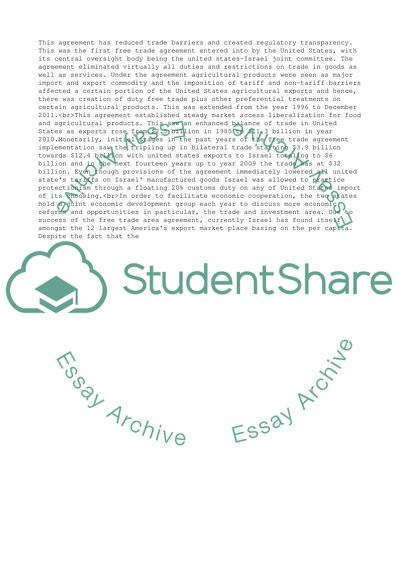Cite this document
(US TRADE WITH MIDDLE EASTERN COUNTRIES Essay Example | Topics and Well Written Essays - 2000 words, n.d.)
US TRADE WITH MIDDLE EASTERN COUNTRIES Essay Example | Topics and Well Written Essays - 2000 words. https://studentshare.org/business/1819933-us-trade-with-middle-eastern-countries
US TRADE WITH MIDDLE EASTERN COUNTRIES Essay Example | Topics and Well Written Essays - 2000 words. https://studentshare.org/business/1819933-us-trade-with-middle-eastern-countries
(US TRADE WITH MIDDLE EASTERN COUNTRIES Essay Example | Topics and Well Written Essays - 2000 Words)
US TRADE WITH MIDDLE EASTERN COUNTRIES Essay Example | Topics and Well Written Essays - 2000 Words. https://studentshare.org/business/1819933-us-trade-with-middle-eastern-countries.
US TRADE WITH MIDDLE EASTERN COUNTRIES Essay Example | Topics and Well Written Essays - 2000 Words. https://studentshare.org/business/1819933-us-trade-with-middle-eastern-countries.
“US TRADE WITH MIDDLE EASTERN COUNTRIES Essay Example | Topics and Well Written Essays - 2000 Words”. https://studentshare.org/business/1819933-us-trade-with-middle-eastern-countries.


